Often the capital regions are relatively poorly supplied with DIY stores: there are few DIY stores in comparison to the population, which is usually the highest in the country. In Poland it is not quite so drastic. Here, the Silesia Voivodeship in the southwest of the country around the regional capital Katowice has the most inhabitants per store (45 900), i.e. the worst DIY store supply (calculated in location figures). The Lublin voivodeship in the east of the country follows in second place with 43 200, and only in third worst place (39 400 inhabitants per store) is the Masovian region with the capital Warsaw.
The national average is 33 200 inhabitants per store. Seven of the 16 Polish voivodeships are above this average, i.e. they have comparatively few DIY stores in relation to the population.
If one wants to draw the conclusion from this, however, as to the regions in which further expansions of the DIY chains could make sense, these figures should of course also be compared with economic strength. Here we see that the region around Warsaw, for example, by no means has the highest GDP per capita and at 19 300 euros is even below the national average of 22 800 euros. This is also the case with the previously mentioned voivodeship Silesia (22 400 euros). Lower Silesia, however, leads the ranking with a GDP per capita of 25 100 euros. It is followed by Greater Poland (capital Poznań), which is slightly underserved in terms of DIY market density, with 24 700 euros.
The detailed table provides information on population, GDP, unemployment and the presence of home improvement stores:
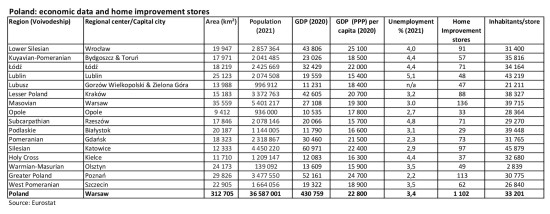

 Menü
Menü




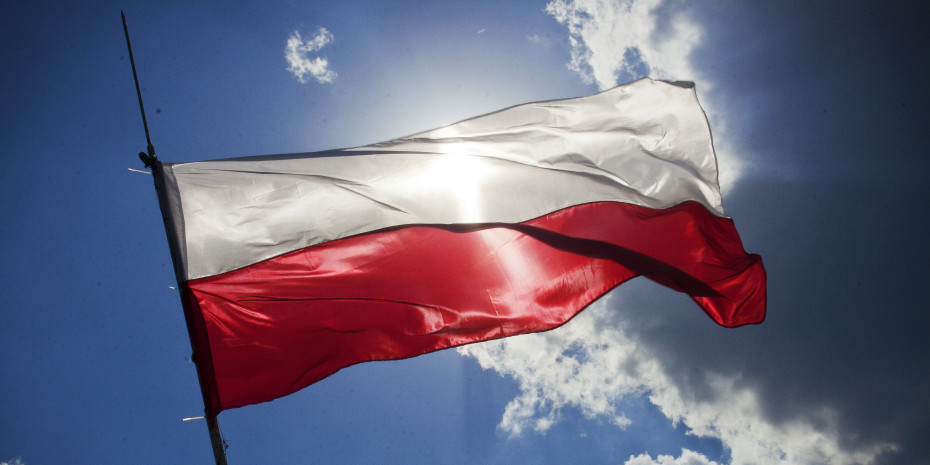

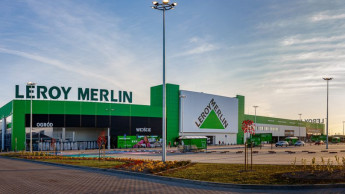

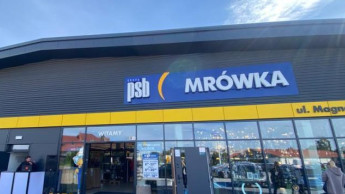



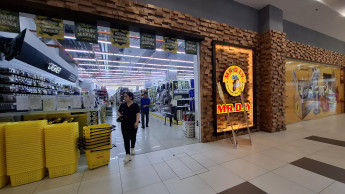
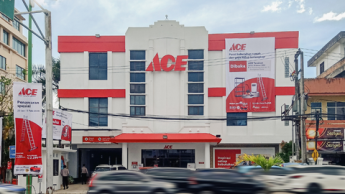

 Newsletter
Newsletter